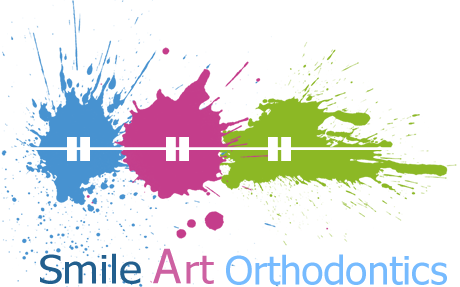-
Home

- FAQ
FAQ
What is Orthodontics?
Orthodontics is associated with the diagnosis, prevention and treatment of malocclusion, with the aim of restoring the proper functioning of the oral and facial aesthetics.
When is the proper time for the first visit at an Orthodontist?
It is recommended that the first visit be at the age of 6-7 years old. The Orthodontist will determine whether there is a problem or not, the kind and the severity of it, and as well the best time to start the treatment.
Up to what age Orthodontic treatment can be applied?
There isn’t any age limitation. Good health of the gums and teeth is the only prerequisite. Nowadays there is a rapid increase of the number of adults seeking Orthodontic treatment. Pretty often a multidisciplinary approach is needed with the involvement of other specialties of Dentistry or Medicine.
How much time is needed for an Orthodontic treatment?
It depends on the severity of the problem and the cooperation of the patient and it can last from a few months up to some years.
Which are the necessary diagnostic means an Orthodontist needs in order to come up with a treatment plan?
The treatment starts with the clinical examination, and the Orthodontist needs the following diagnostic means:
-Cephalometric and panoramic x-rays
-Study models(cast copies of the teeth)
-Pictures of the teeth and face
In which categories Orthodontic problems are distinguished?
Orthodontic problems are distinguished to dental, where teeth for several reasons doesn’t have the ideal position to their bone base, to skeletal problems where there is a dysarmony between the two jaws, which results in an improper functioning of the oral and facial esthetics, wheres the third category is a compination of dental and skeletal problems.
Which are the causes of Orthodontic problems?
Orthodontic problems are due to hereditary/congenital as well as to environmental factors. A hereditary factor can be considered when a child inherits small jaws from one parent and big teeth from the other which will result to crowded teeth. More or less teeth than normal, facial assymetries, several types of clefts, or malformations fo the face are usually due to hereditary factors. Enviromental factors are considered the several abnormal habits like thumb sucking, forward advancement of the tongue as well as mouth breathing which result in an abnormal development of the jaws and teeth. Another factor tha causes Orthodontic problems is the early loss of deciduous(milk/baby) teeth which results in the loss of the necessary space needed for the permanent teeh.
When Orthodontic treatment is necessary and what it can offer?
Orthodontic treatment is considered necessary in cases of dental, skeletal and functional abnormalities fo the mouth. Orthodontics can offer priceless help in treating functional problems of the mouth and it ensures the following:
-Propoer functioning of the mouth(chewing, speaking, breathing)
-Improved conditions for proper oral hygiene
-Reduced possibility of future TMJ problems
-Reduced possibility for teeth fractures because of over projection
-A beautiful smile and harmonic face which results in an improved outer look, a strong selfconfidence and a more psycological balance of the person
Which are the Orthodontic appliances?
External appliances: They apply external forces and are used for the movement of the posterior teeth or for the restrain of the growth of the maxilla
Palatal expansion appliances: Are used in cases of narrow upper jaw
Functional appliances: They are mainly used for guidance, stimulation or inhibition of growth of the jaws. They can be removable or fixed, and are suited to young children.
Lingual arch: Is used as a space mainteiner in cases of early loss of decisuous teeth.
Fixed appliances(brackets): They are applied on the teeth in order to move them towards the desirable direction. They can metal, clear, or lingual brackets.
Retainers: They are applied once the treatment is finished in order to maintain the result and they can both fixed or removable.
Retainers are necessary?
Due to the continuous forces that teeth sunstain from the tongue and the cheeks, but also from their tendency to return to their initial position, retainers are necessary for a minimum time of 18-24 months. In the lack of an important reason it is best to remain in position longer.
Wisdom teeth should be extracted after the Orthodontic treatment?
Each case should be evaluated separately and always in cooperation with the patients dentist. There arent any sufficient clinical studies to fully prove the role of wisdom teeth in the relapse of the Orthodontic result.





